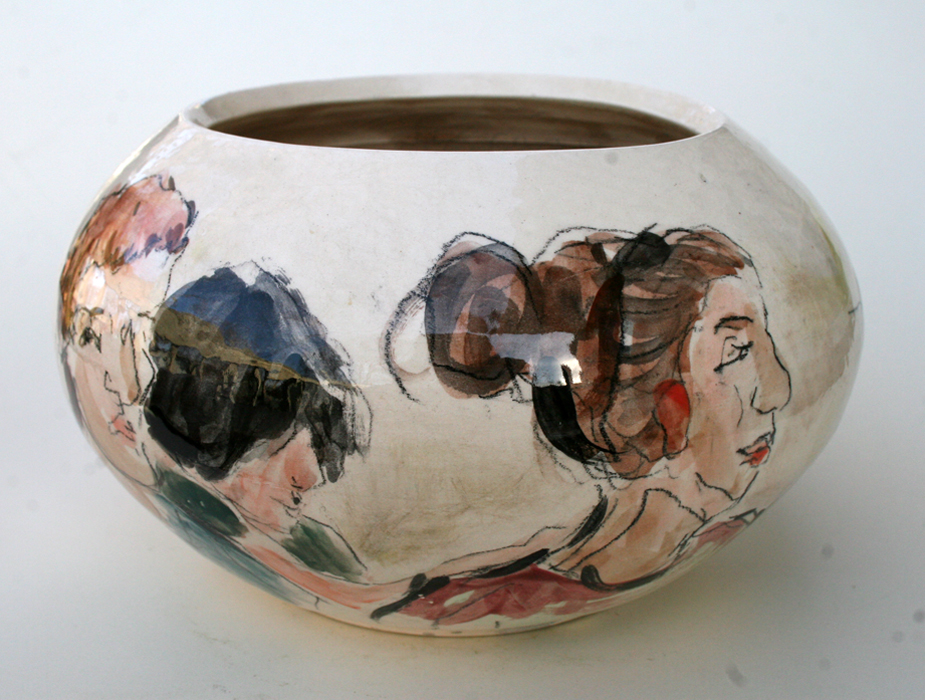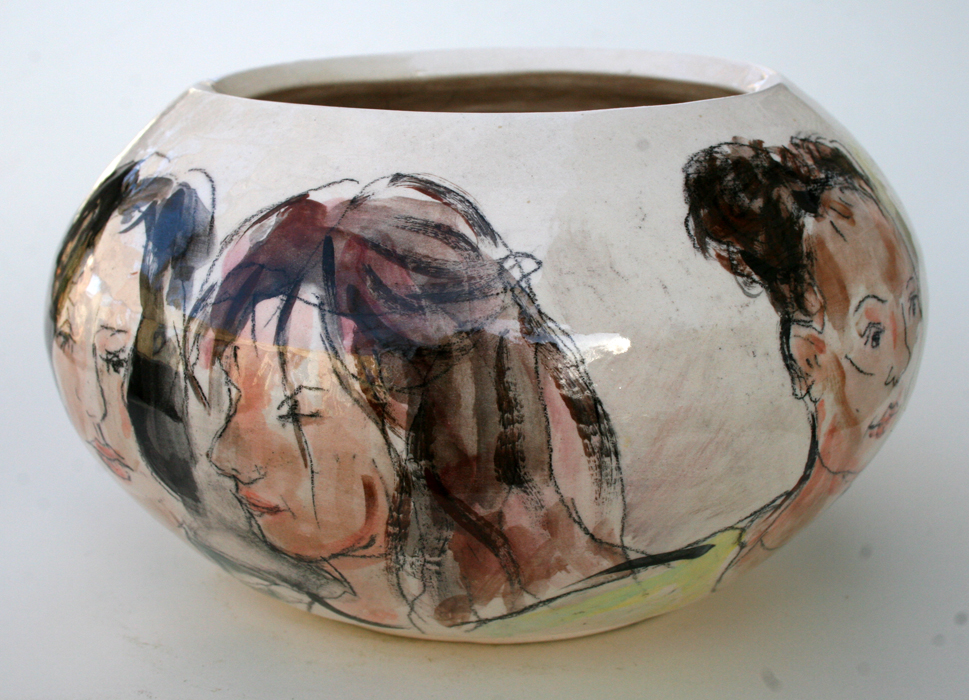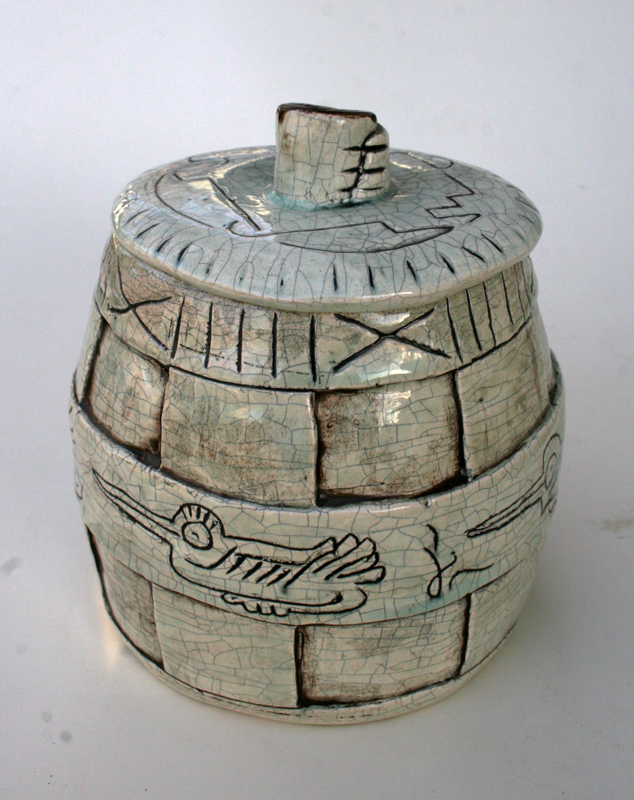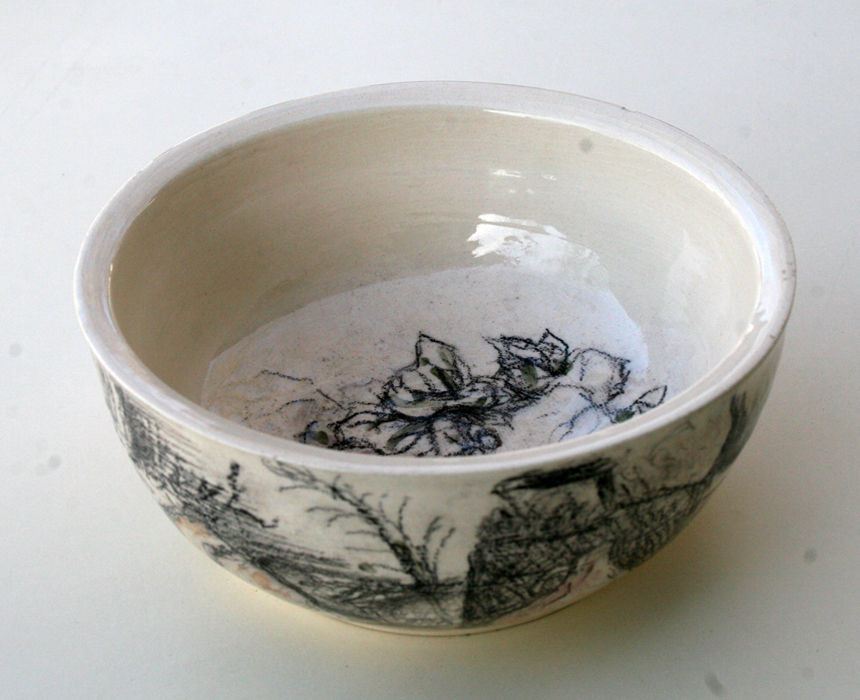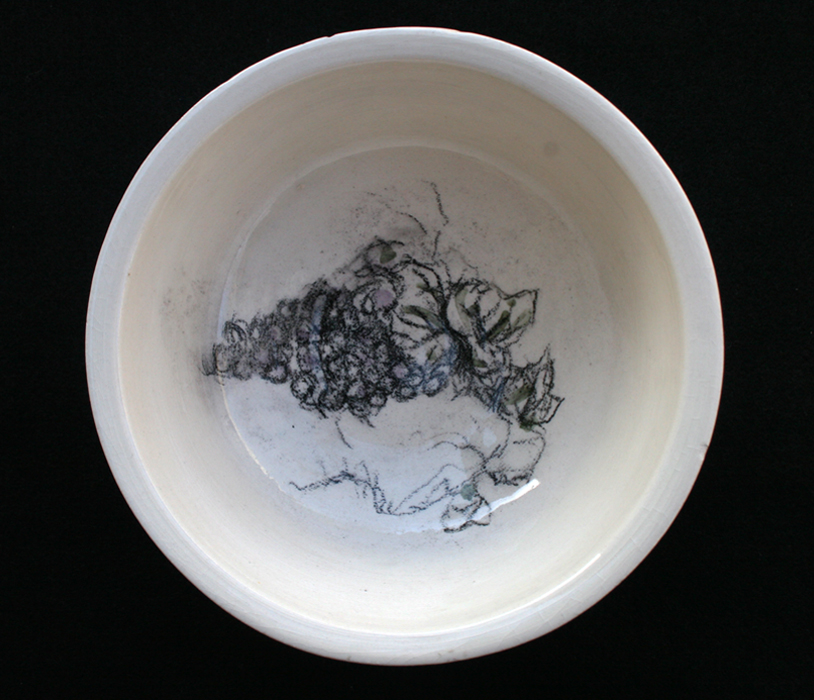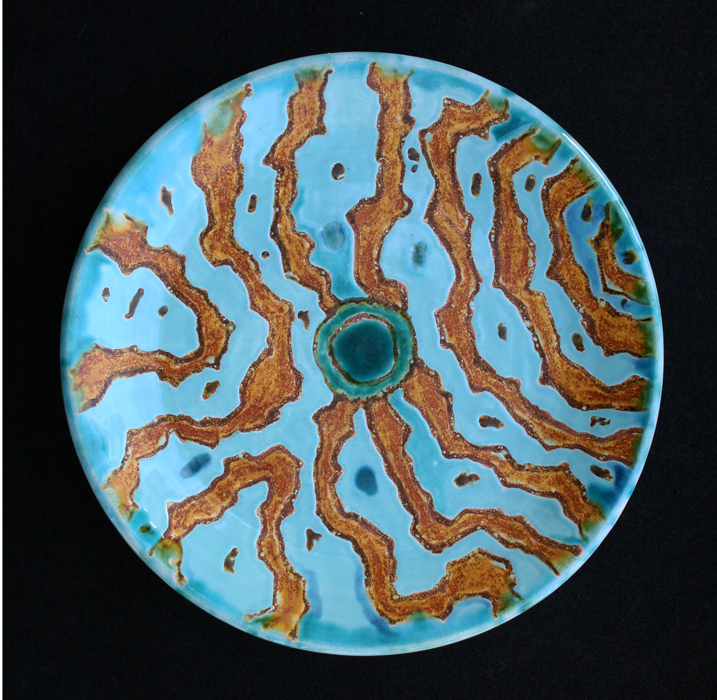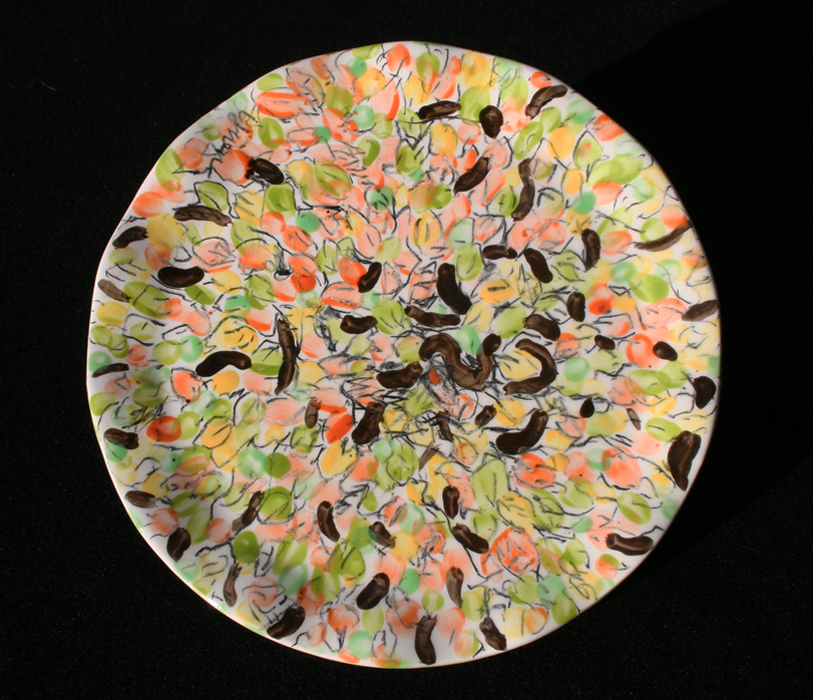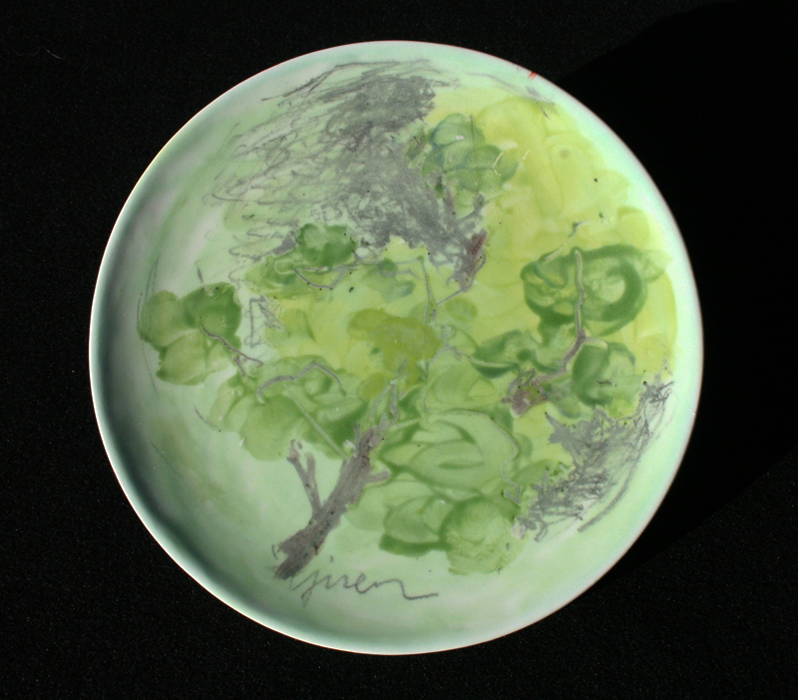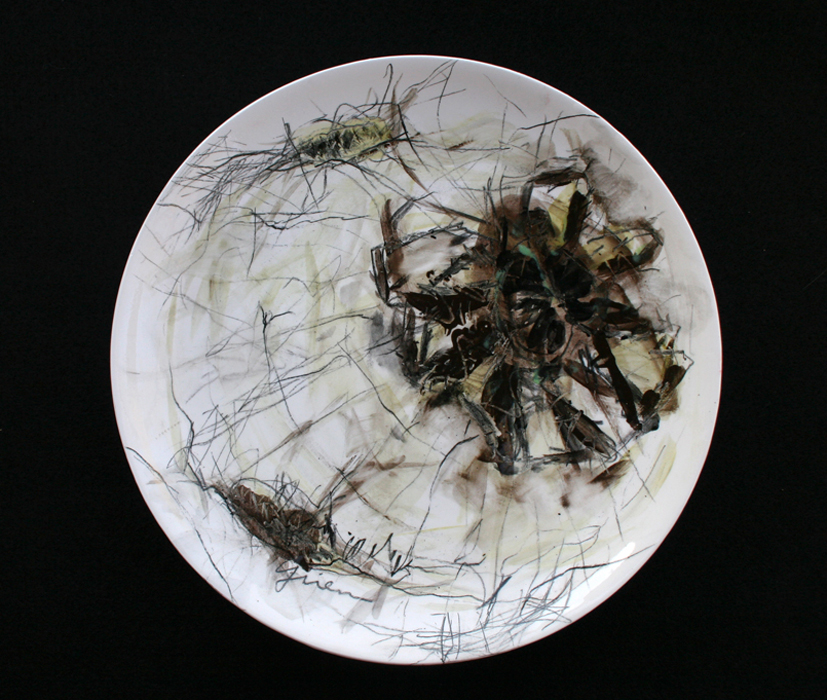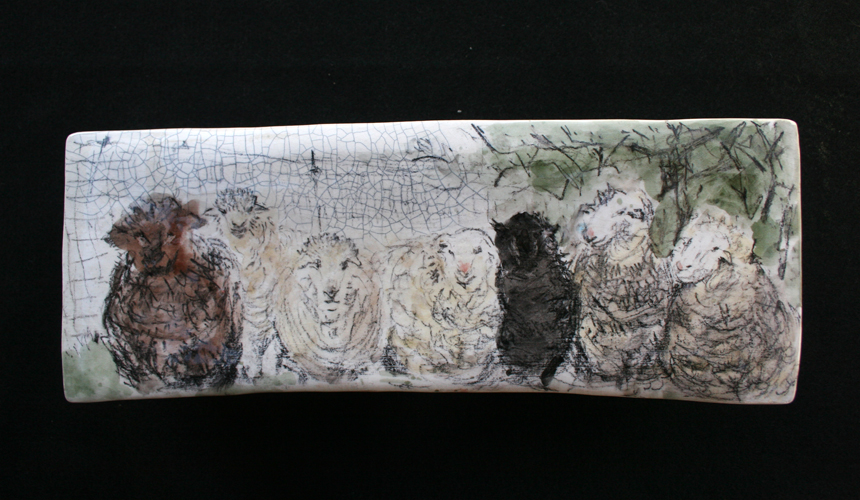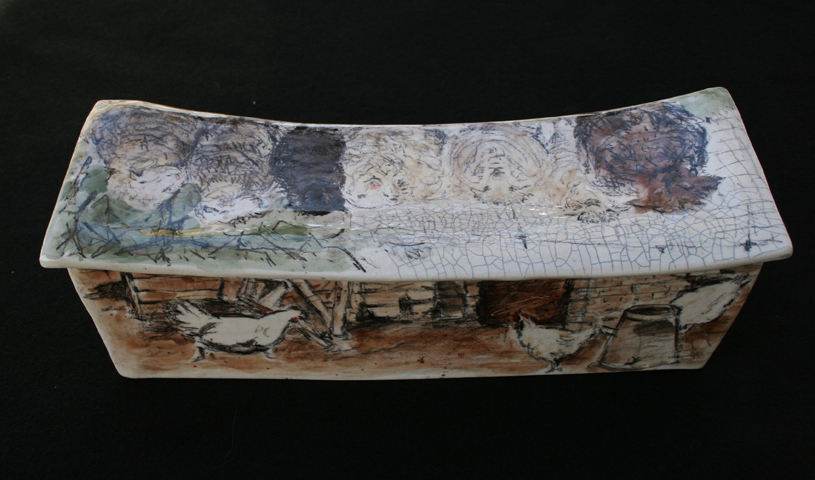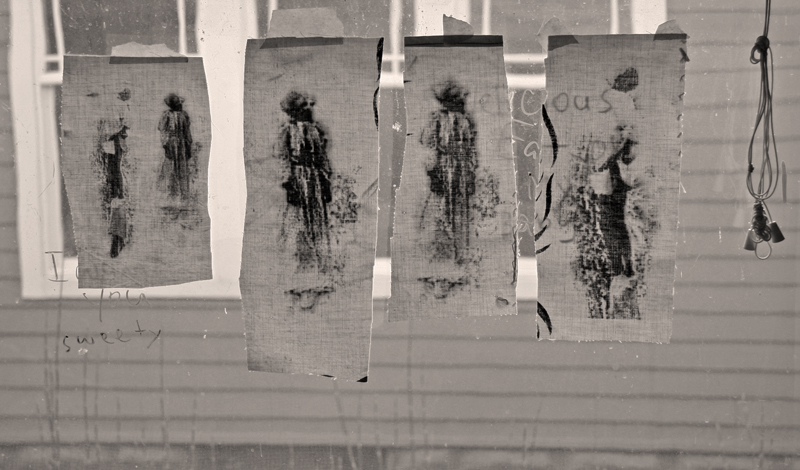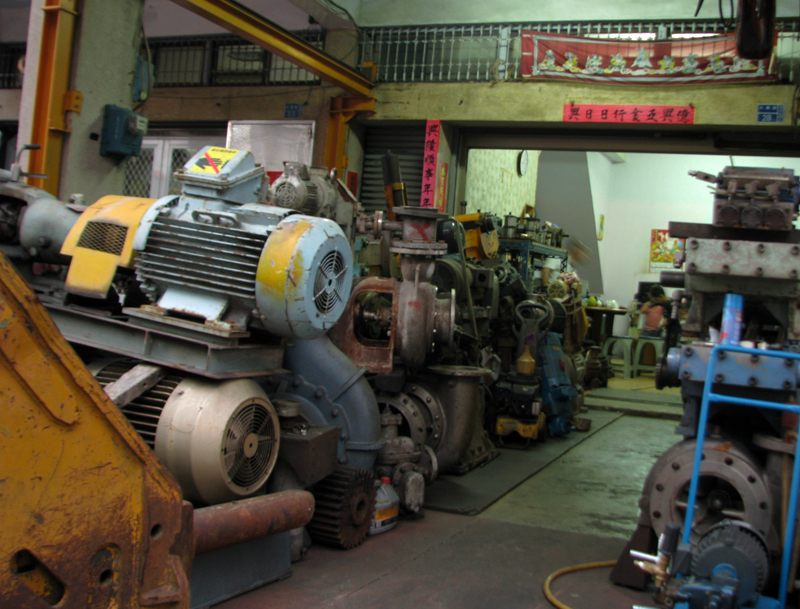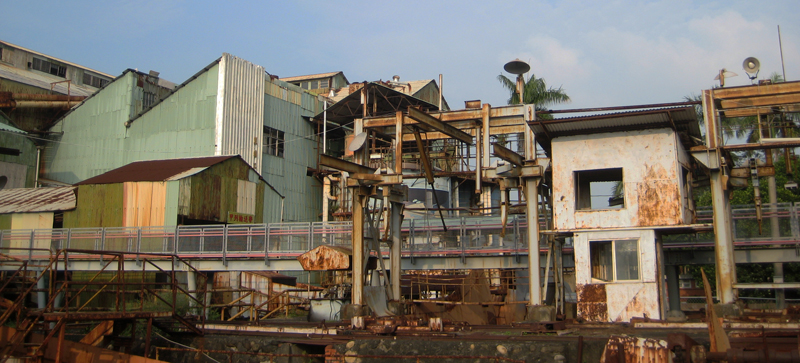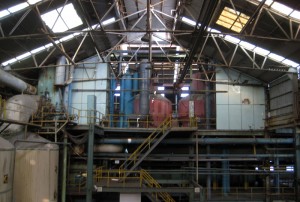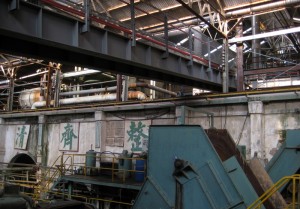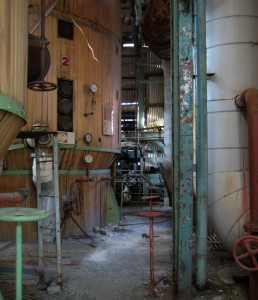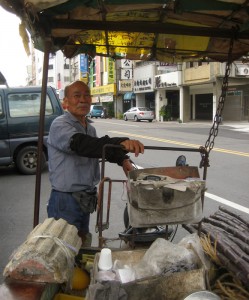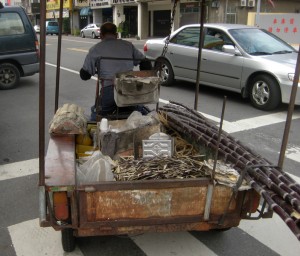This Nippon Jar with a hole on the bottom is in the family for many years and since it is an antique therefore no one has bothered to touch it until someone did and turn it up side down that we realized this is NOT a sugar jar or soup bowl of any kind. So, with google, we found out these kind of serving accessories were used by the wealthy during the Victorian era to conceal from themselves and their guests, the plain, manufacture’s label on the condensed milk can or jelly/jam jar. A large hole on the bottom made for easy removal. With the import of sugar and now condensed milk, Victorians really know how to enjoy their tea!
In 1876, Morimuras Brothers established a trading company with offices in Tokyo City and a retail and wholesale office in New York City. In 1904 the Nippon Toki Kaisha Ltd was established to manufacture Western-style porcelain dinnerware. However, the vessel-with-a-hole style takes us right to Gail Borden Jr. and “Elsie” the cow. Elsie made her debut at the New York World’s Fair in 1939. and is associated with Borden”s condensed milk ever since. I read a 2013 article by Helaine Fendelman and Joe Rosson, it describes:
Some say that condensed milk can be traced back to the 13th century Tartars, but the first condensed milk we might recognize as such was made in France in 1820 by Nicolas Appert. Then in 1851 several children died from bad milk on a voyage between England and the United States. Gail Borden Jr. was on the ship on which the children died and was devastated. Once back in the United States, Borden began experimenting with condensing milk so that it would not spoil after only a few hours. He failed miserably until he used a vacuum pan the Shakers employed to condense fruit juice. Eventually, Borden was successful, but it took a long time for the product to be accepted by the public. It was used during the Civil War by Union troops as a field ration, but it was not until the 20th century that it made a place for itself in the American home. But women did not like putting an ugly can on their table so manufacturers made containers in which the can could be inserted and later removed by poking a finger through the large hole on the bottom and pushing the unsightly tin container out.
It should also be mentioned that similar devices were made to disguise jam jars — no woman in the early 20th century wanted her female neighbors knowing that she bought jam rather than making her own.
This kind of concealing content’s true identity reminds me of two other scenarios. One is an early, neck tight, flat collar of beads arranged in a fancy pattern that was a cloth accessory for ladies who couldn’t afford a fancy blouse to keep up with the appearances. Another is the table skirts, especially Victorians often covered up furniture with lavish draperies and fabrics to disguise a plain table made of a lesser wood. I think the history behind the condense milk container is more interesting than the hole on the bottom of a porcelain jar. As far as the value goes, this Nippon Jar is worth $55 – $65.

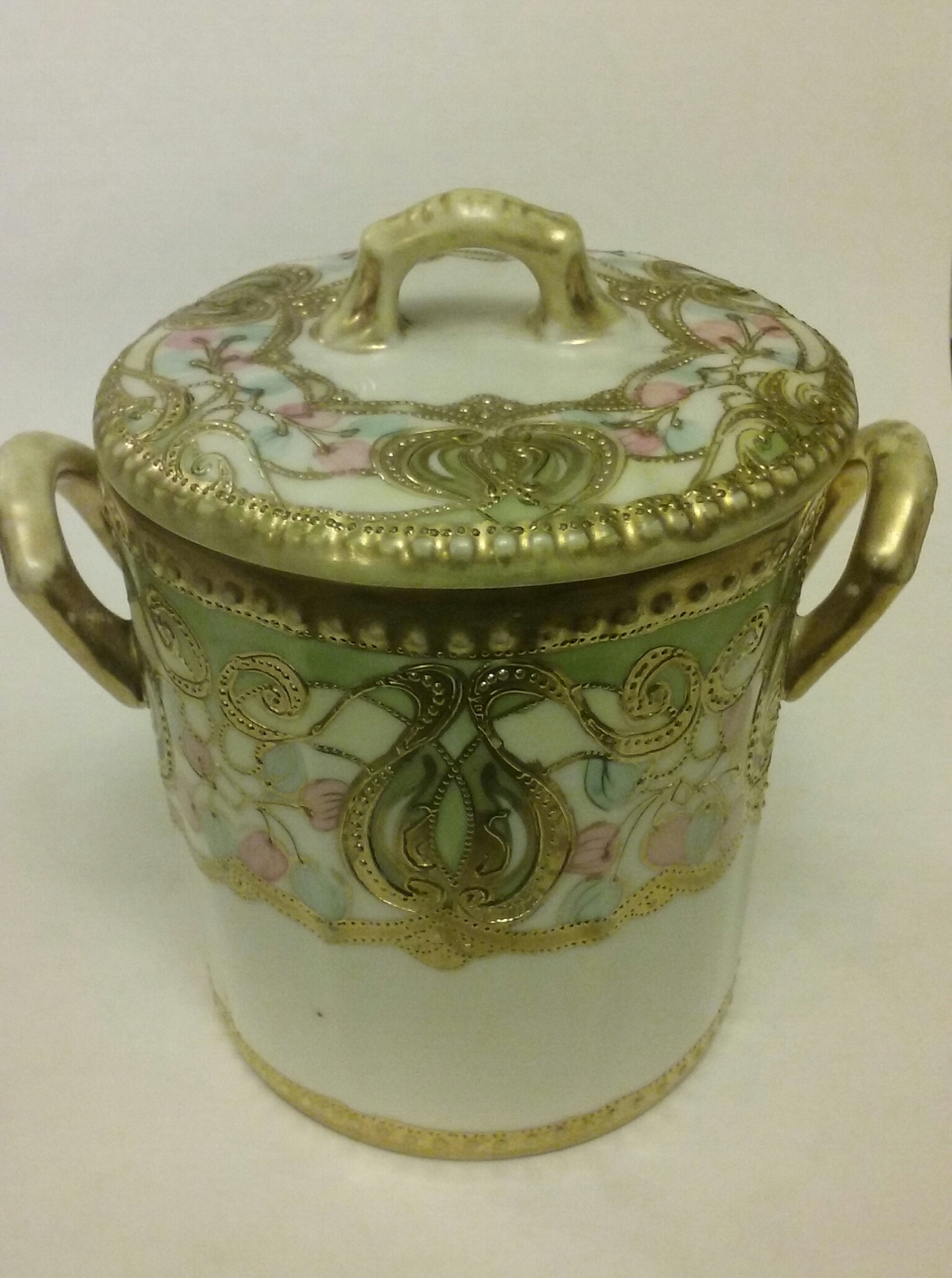
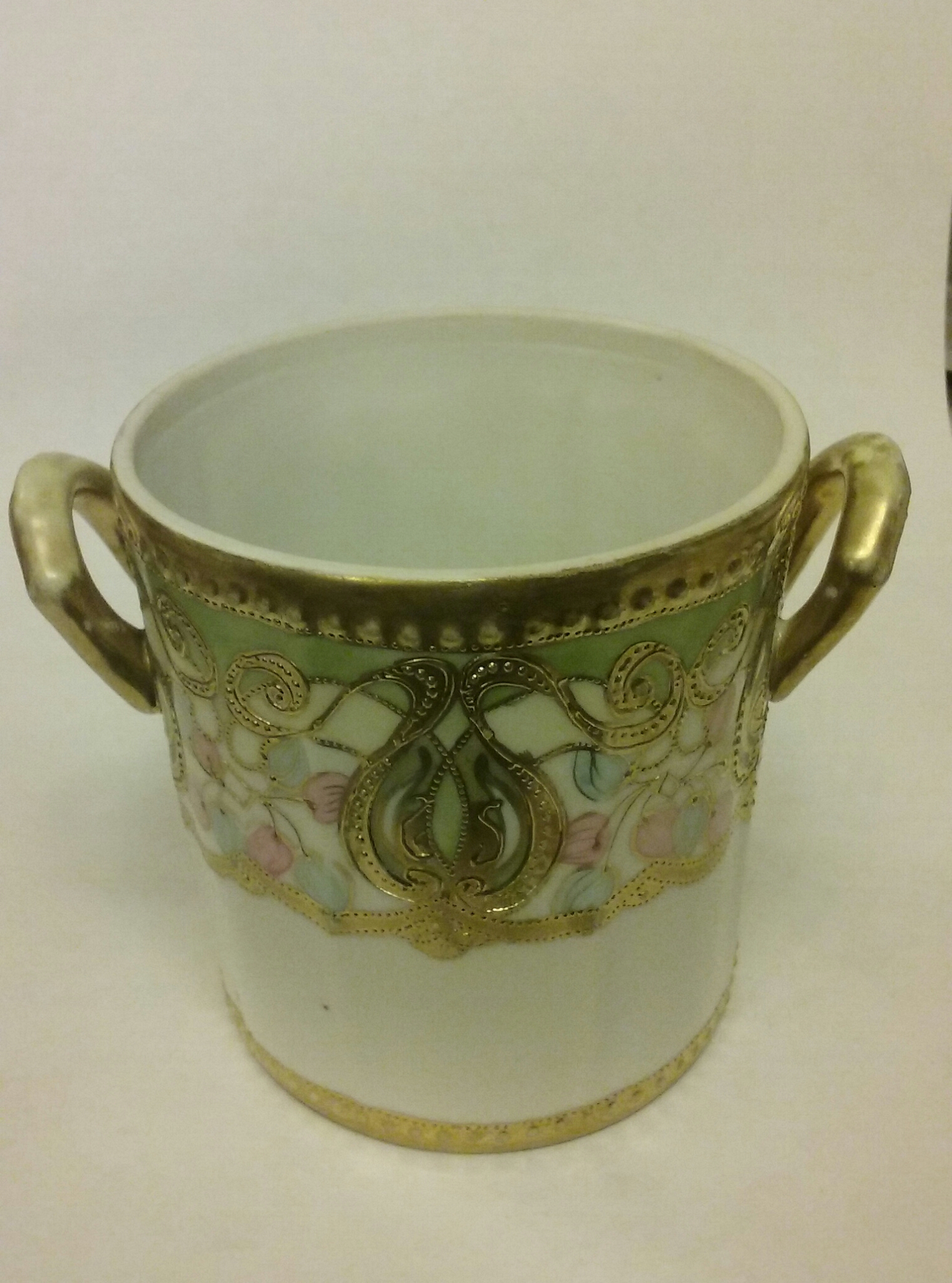
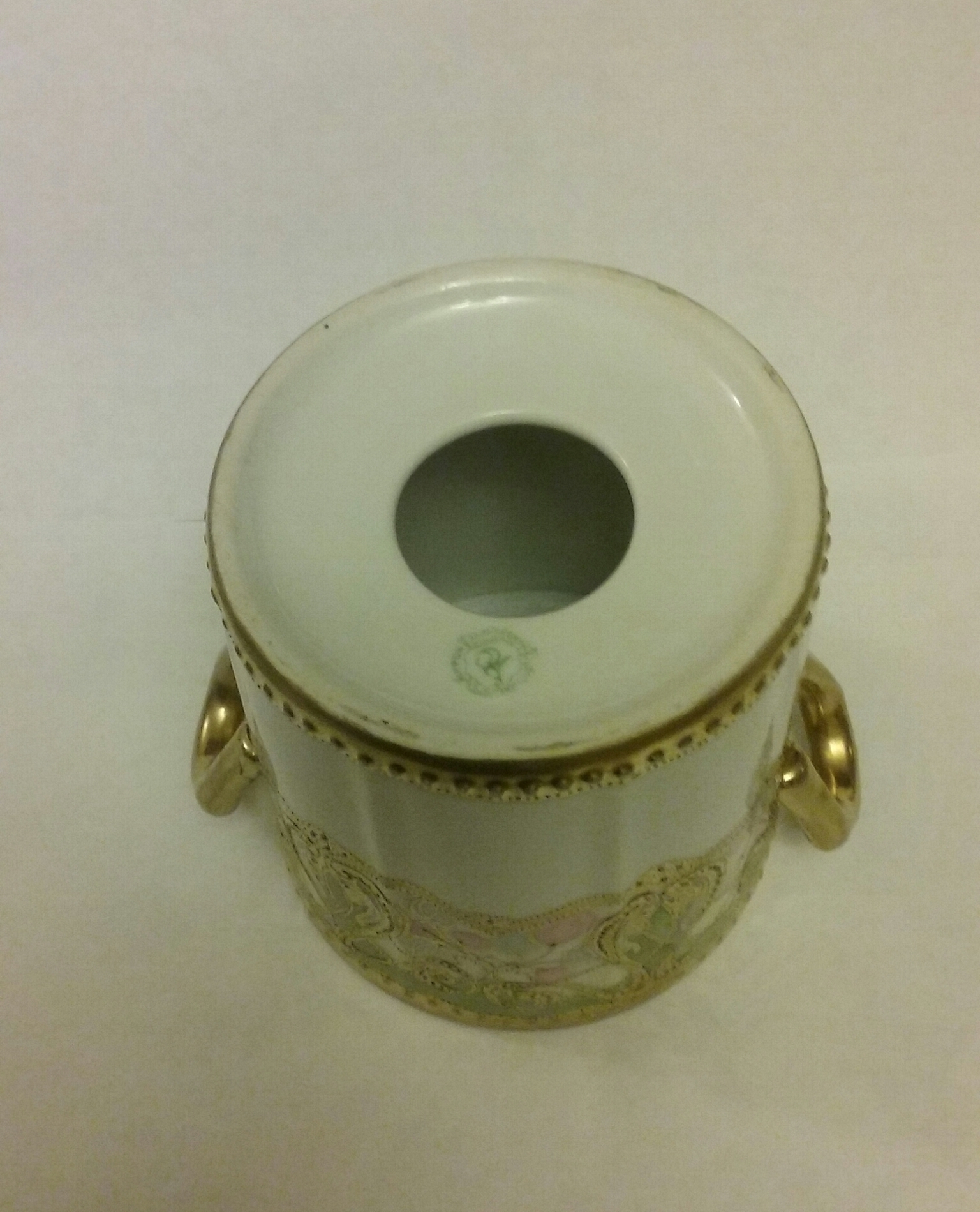
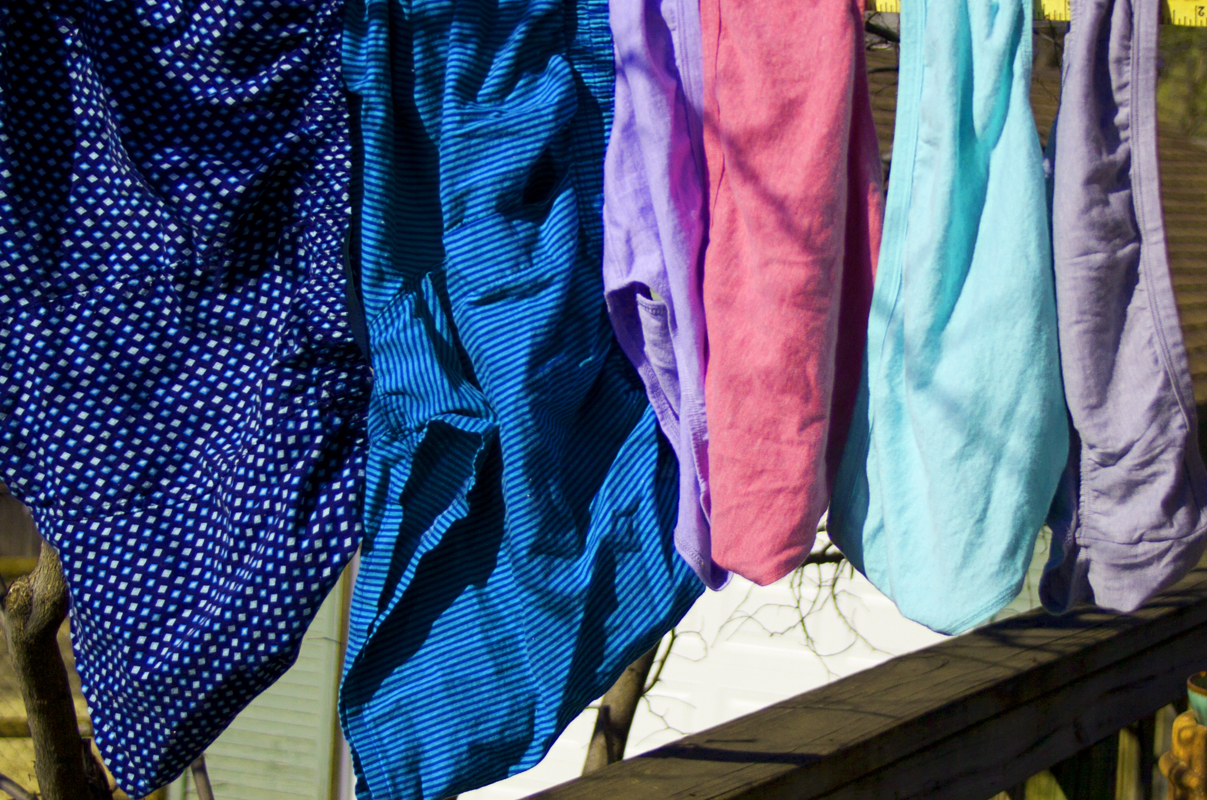
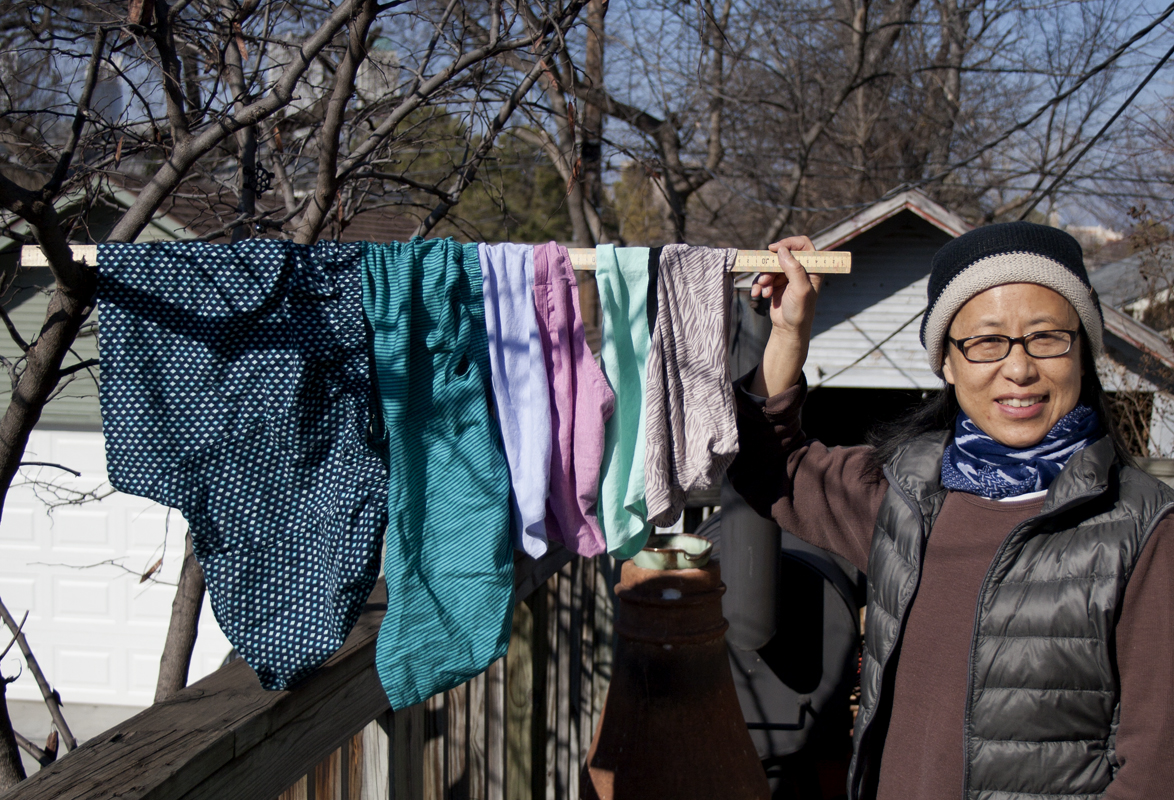
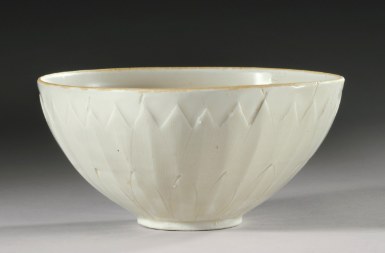
![596N08974_6k3bg.jpg.thumb.385.385[1]](http://underapeachtree.com/wp-content/uploads/2013/03/596N08974_6k3bg.jpg.thumb_.385.3851.png)
